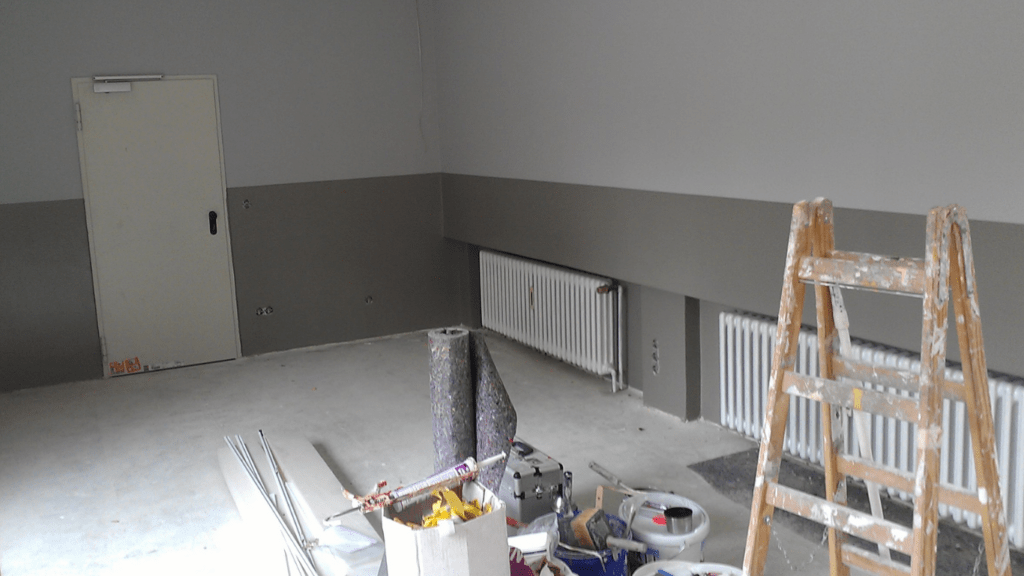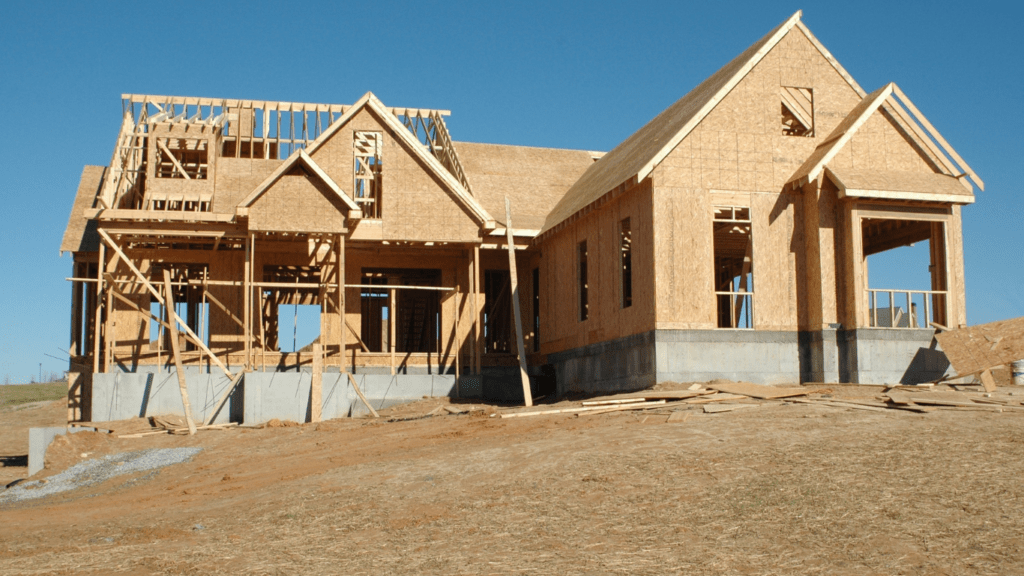Current Trends in Home Renovation Costs
Several factors drive the recent rise in home renovation costs. Homeowners must stay informed about these trends to manage their budgets effectively.
Increase in Material Prices
Material prices have sharply increased in recent years. Lumber, for instance, saw a 300% rise in 2021 due to pandemic-related supply chain disruptions. Steel and copper prices have also surged. These essential materials for construction and remodeling projects have become significantly more expensive. This price hike directly impacts the overall cost of renovation projects, making even minor upgrades more costly.
Labor Shortages and Costs
Labor shortages significantly affect renovation costs. Skilled labor is in high demand but short supply, leading to higher wages. According to the National Association of Home Builders, 75% of construction firms reported labor shortages in 2022. This scarcity forces homeowners to pay premium rates to hire experienced professionals. Consequently, labor costs now comprise a more substantial portion of renovation budgets. This trend elevates the total expenses involved in home upgrade projects.
Key Factors Driving Up Costs
Several key factors are driving up home renovation costs, affecting homeowners’ ability to estimate and plan their projects accurately.
Supply Chain Issues
Supply chain disruptions significantly impact renovation costs. Delays in importing essential materials like lumber, steel, and copper lead to extended project timelines and increased expenses. Suppliers often pass on these higher costs to buyers, raising the overall renovation budget. Shortages of specific components also contribute to fluctuating prices, adding unpredictability to cost estimations.
Economic Inflation
Economic inflation plays a crucial role in rising renovation expenses. As inflation increases, the cost of goods and services escalates, including those needed for home upgrades. Materials like:
- wood
- metal
- cement
become more expensive due to inflationary pressures, pushing up overall renovation costs. Labor wages also rise, responding to higher living costs, and these compounded factors inflate the total budget required for renovations.
Demand Surges
Increased demand for home renovations contributes to higher costs. During periods of economic growth or after stimulus measures, more homeowners invest in upgrades. This surge in demand strains both material supplies and the availability of skilled labor. With high demand, contractors command higher prices, and material suppliers capitalize by raising prices to match market conditions.
Budgeting for Renovations

Effective budgeting helps tackle rising home renovation costs. Homeowners must estimate costs accurately and plan for contingencies to manage unexpected expenses.
Estimating Costs
- Estimating renovation costs involves assessing various factors.
- Start by researching material prices. For instance, lumber and steel prices have soared, making up a significant part of the budget.
- Get multiple quotes from contractors to compare labor costs.
- The National Association of Home Builders reports that labor costs can account for up to 40% of a renovation budget, so it’s essential to choose a reputable contractor offering fair rates.
- Include permit fees, typically ranging from $400 to $2,000 based on project scope.
Contingency Planning
I always allocate a contingency fund, usually around 10-20% of the total budget. This covers unexpected issues like hidden water damage or electrical complications that can arise during renovations. It’s crucial to have this buffer to avoid halting the project due to financial constraints. By incorporating a contingency plan, homeowners remain prepared for unforeseen expenses.
Cost-Saving Strategies
In light of rising renovation costs, homeowners must adopt effective strategies to manage expenses. Implementing these cost-saving measures can alleviate financial stress and ensure project success.
DIY vs. Hiring Professionals
Taking on DIY tasks can save significant labor costs if you’re skilled in them. Painting, minor plumbing, and basic carpentry are examples of tasks homeowners might tackle themselves. For more complex renovations, though, hiring professionals can prevent costly mistakes. According to the Home Improvement Research Institute, 68% of homeowners performed DIY projects in 2022 to cut costs. However, ensuring you have the necessary skills is crucial to avoid increasing expenses through errors.
Reusing and Recycling Materials
Reusing existing materials or recycling can reduce material costs. Salvaging items like doors, hardware, or cabinets can provide substantial savings. For instance, repurposing a wooden door into a dining table can add a unique touch while reducing expenses. Organizations like Habitat for Humanity’s ReStores offer affordable, reclaimed materials. Opting for recycled materials lowers costs and supports sustainable practices, providing both economic and environmental benefits.
Prioritizing Renovations
Prioritizing projects based on budget and necessity helps in managing costs effectively. Assessing which renovations need immediate attention ensures funds are allocated wisely. For instance, prioritizing roof repairs over aesthetic changes addresses potential structural issues first. Creating a list of necessary versus optional projects enables better financial planning. Tackling essential renovations initially can prevent unforeseen expenditures in the long run, keeping budgets in check.
Impacts on Homeowner Decisions
Rising home renovation costs significantly influence homeowner decisions. Critical choices include postponing projects and adjusting the project scope to manage budgets effectively.
Postponing Projects
Many homeowners opt to delay their renovation plans in response to soaring costs. High material prices and labor shortages make it financially prudent to wait. Postponing projects allows people to monitor the market for price drops, ensuring they can undertake renovations at a more affordable time.
For instance, if lumber or steel prices begin to decrease, the overall expense of a project like cabinetry installation or structural repairs might become more manageable. Moreover, waiting can also provide homeowners more time to save money, creating a larger budget cushion for future costs.
Adjusting Project Scope
When delaying renovations isn’t feasible, homeowners often adjust the scope of their projects to fit their financial constraints. This approach involves scaling down ambitions or focusing on essential areas. For example, instead of renovating an entire kitchen, replacing just countertops and fixtures can reduce costs.
Similarly, opting for mid-range materials over high-end options can significantly cut expenses while still achieving a refreshed look. This strategy enables homeowners to continue enhancing their homes even amid rising costs, ensuring that they address the most critical aspects of their renovations without overwhelming their budgets.



 Harry Marriott – Lead Interior Stylist
Harry Marriott is Castle Shelf House’s Lead Interior Stylist, known for his keen eye for detail and expertise in modern and classic home designs. With a background in interior architecture, Harry brings innovative styling solutions to the forefront, ensuring that each home reflects a unique personality. His approach to furniture placement and design trends helps clients create harmonious living spaces that combine aesthetics with functionality.
Harry Marriott – Lead Interior Stylist
Harry Marriott is Castle Shelf House’s Lead Interior Stylist, known for his keen eye for detail and expertise in modern and classic home designs. With a background in interior architecture, Harry brings innovative styling solutions to the forefront, ensuring that each home reflects a unique personality. His approach to furniture placement and design trends helps clients create harmonious living spaces that combine aesthetics with functionality.
